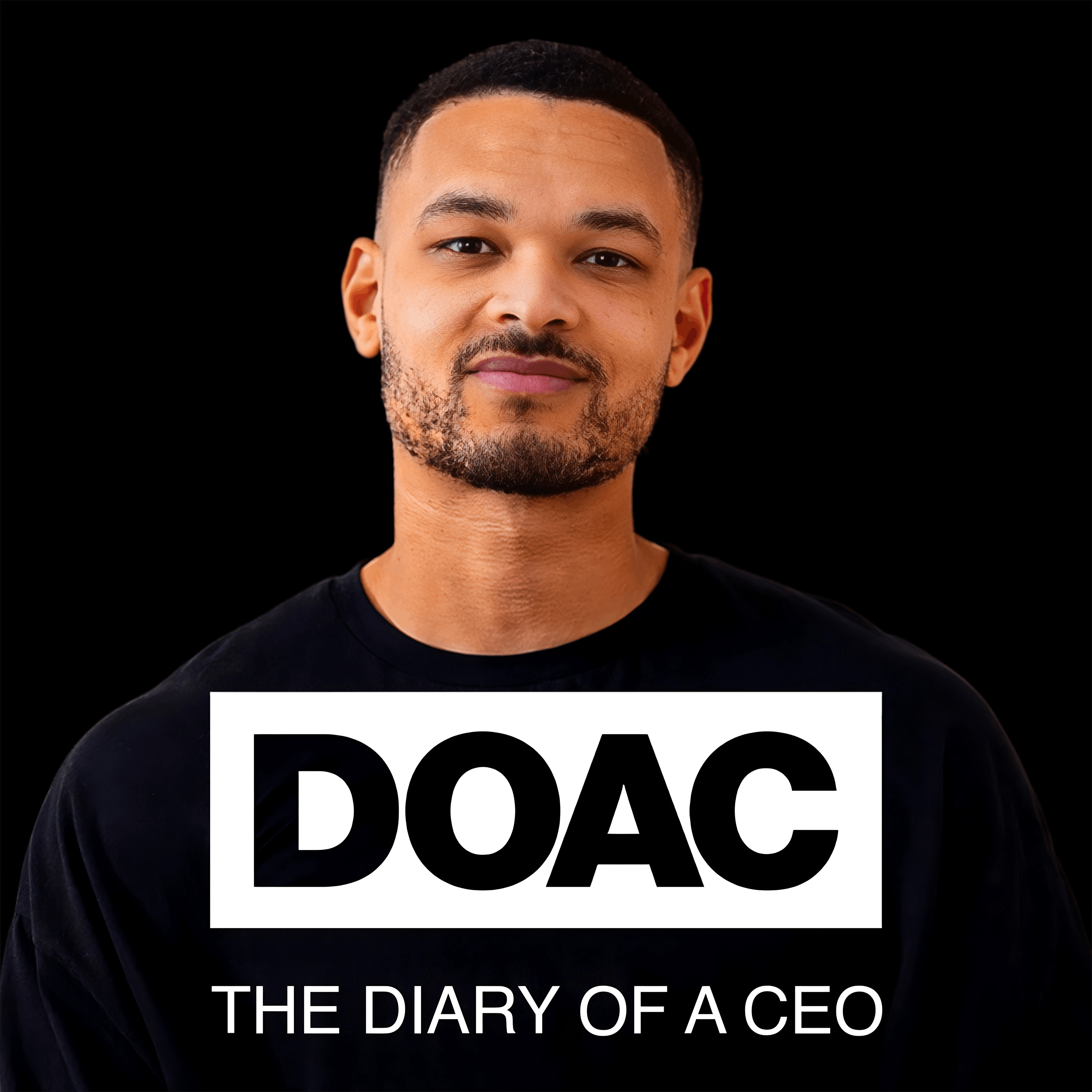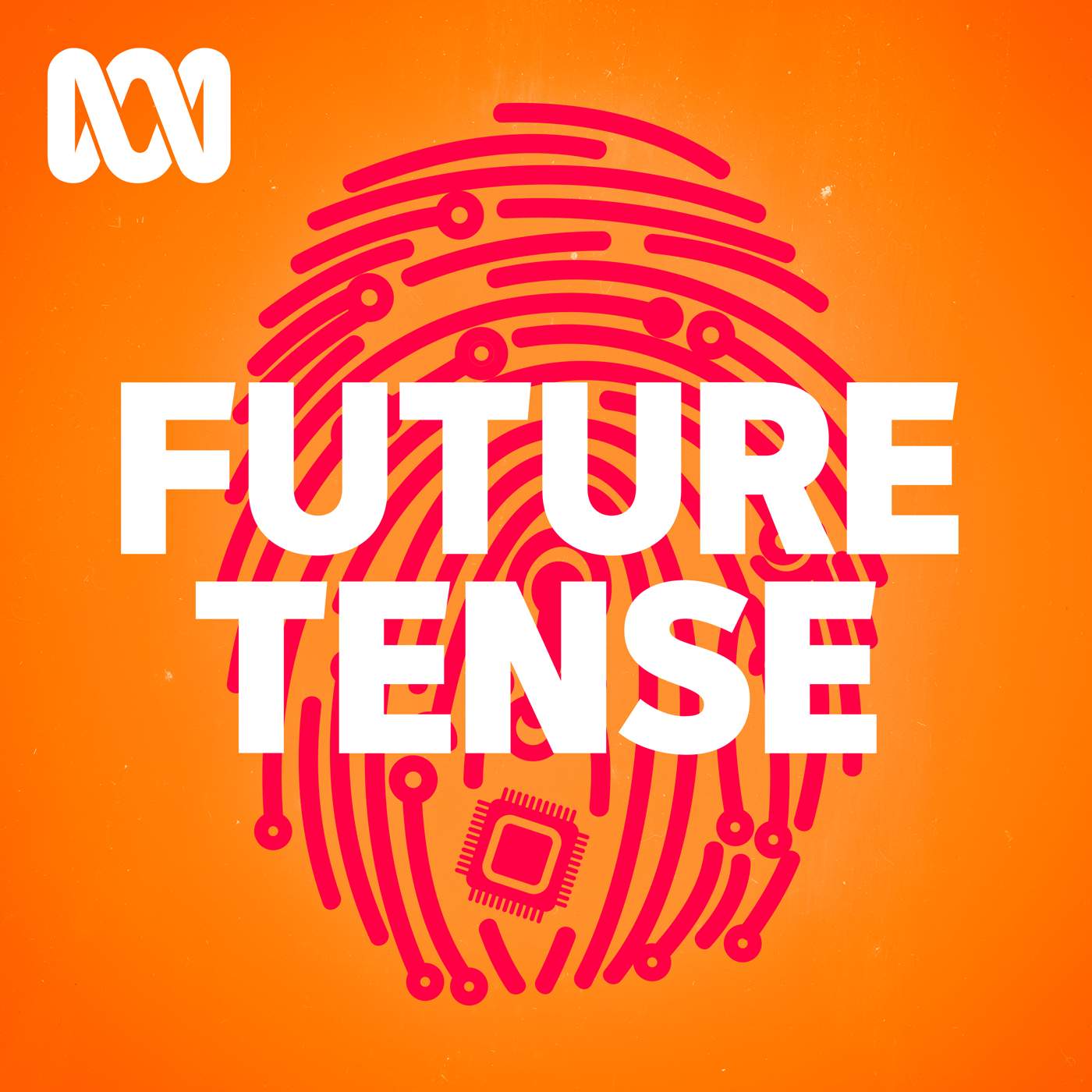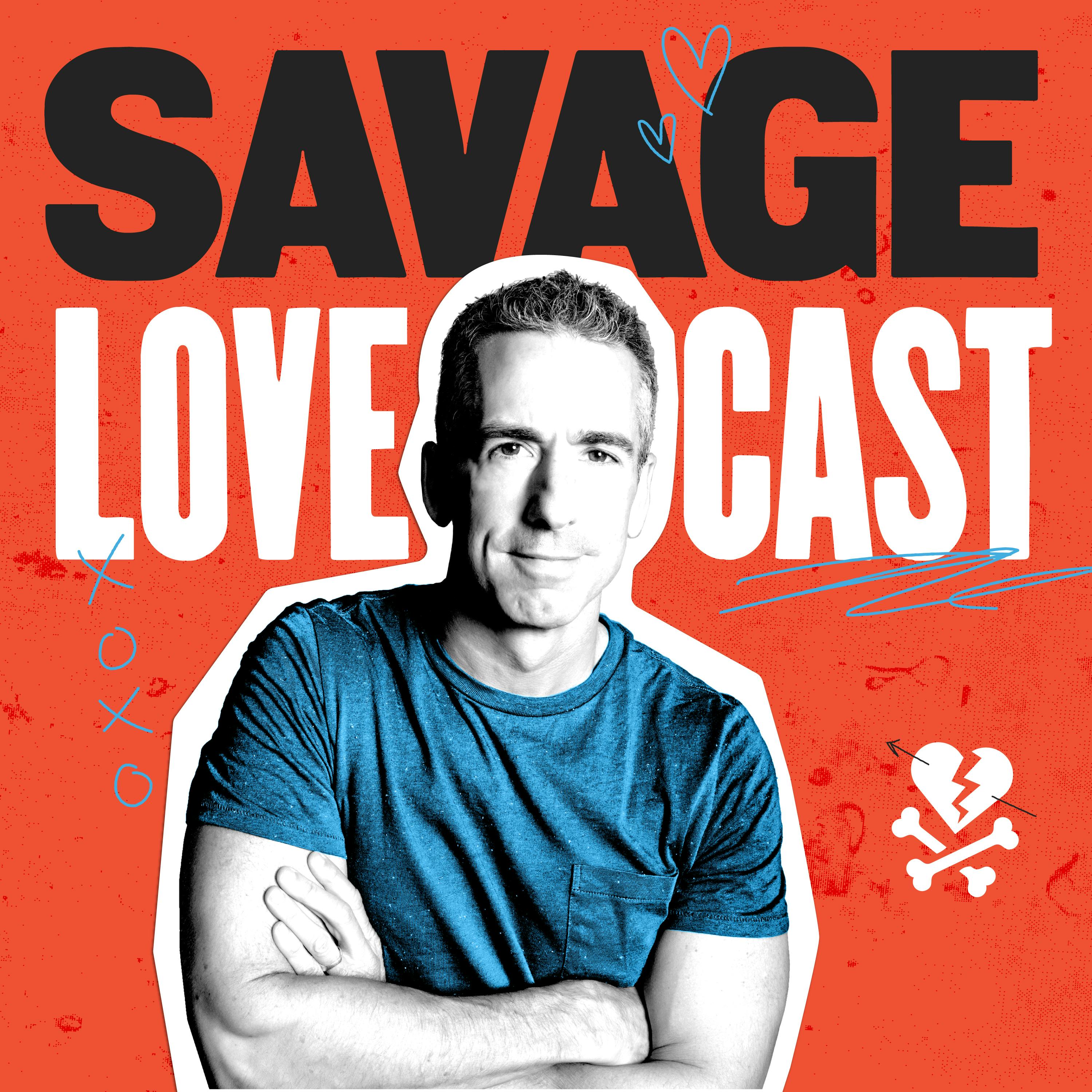
Heliox: Where Evidence Meets Empathy 🇨🇦
Join our hosts as they break down complex data into understandable insights, providing you with the knowledge to navigate our rapidly changing world. Tune in for a thoughtful, evidence-based discussion that bridges expert analysis with real-world implications, an SCZoomers Podcast
Independent, moderated, timely, deep, gentle, clinical, global, and community conversations about things that matter. Breathe Easy, we go deep and lightly surface the big ideas.
Curated, independent, moderated, timely, deep, gentle, evidenced-based, clinical & community information regarding COVID-19. Since 2017, it has focused on Covid since Feb 2020, with Multiple Stores per day, hence a sizeable searchable base of stories to date. More than 4000 stories on COVID-19 alone. Hundreds of stories on Climate Change.
Zoomers of the Sunshine Coast is a news organization with the advantages of deeply rooted connections within our local community, combined with a provincial, national and global following and exposure. In written form, audio, and video, we provide evidence-based and referenced stories interspersed with curated commentary, satire and humour. We reference where our stories come from and who wrote, published, and even inspired them. Using a social media platform means we have a much higher degree of interaction with our readers than conventional media and provides a significant amplification effect, positively. We expect the same courtesy of other media referencing our stories.
Heliox: Where Evidence Meets Empathy 🇨🇦
⚖️ Pinpointing Climate Damages to Corporate Emissions
see the substack for this episode to go deeper
We've spent decades listening to fossil fuel companies talk about "shared responsibility" for climate change. They've perfected the art of diffusing blame – pointing fingers at consumer choices, technological limitations, and "market forces" while raking in record profits.
But what if we could scientifically trace specific economic damages back to specific corporate emissions? What if we could prove, with statistical significance, that Company X's emissions directly caused Y dollars in damage from a deadly heat wave?
That day has arrived.
A groundbreaking study published in Nature this April has established something once thought impossible: direct causation between corporate emissions and economic damages from climate-driven extreme heat. This isn't just academic posturing – it's the scientific backbone for a new era of climate accountability.
Carbon majors and the scientific case for climate liability
REPLICATION FOR CARBON MAJORS AND THE SCIENTIFIC CASE FOR CLIMATE LIABILITY
Study lays out scientific path to recouping the costs of climate change
The world's biggest companies have caused $28 trillion in climate damage, a new study es
This is Heliox: Where Evidence Meets Empathy
Independent, moderated, timely, deep, gentle, clinical, global, and community conversations about things that matter. Breathe Easy, we go deep and lightly surface the big ideas.
Thanks for listening today!
Four recurring narratives underlie every episode: boundary dissolution, adaptive complexity, embodied knowledge, and quantum-like uncertainty. These aren’t just philosophical musings but frameworks for understanding our modern world.
We hope you continue exploring our other podcasts, responding to the content, and checking out our related articles on the Heliox Podcast on Substack.
About SCZoomers:
https://www.facebook.com/groups/1632045180447285
https://x.com/SCZoomers
https://mstdn.ca/@SCZoomers
https://bsky.app/profile/safety.bsky.app
Spoken word, short and sweet, with rhythm and a catchy beat.
http://tinyurl.com/stonefolksongs
Curated, independent, moderated, timely, deep, gentle, evidenced-based, clinical & community information regarding COVID-19. Since 2017, it has focused on Covid since Feb 2020, with Multiple Stores per day, hence a large searchable base of stories to date. More than 4000 stories on COVID-19 alone. Hundreds of stories on Climate Change.
Zoomers of the Sunshine Coast is a news organization with the advantages of deeply rooted connections within our local community, combined with a provincial, national and global following and exposure. In written form, audio, and video, we provide evidence-based and referenced stories interspersed with curated commentary, satire and humour. We reference where our stories come from and who wrote, published, and even inspired them. Using a social media platform means we have a much higher degree of interaction with our readers than conventional media and provides a significant amplification effect, positively. We expect the same courtesy of other media referencing our stories.
Welcome to the Deep Dive. Today we're getting into something pretty big in the climate change world. Yeah, there's this new study just out in nature this April. And it's making a really strong scientific case, isn't it? Yeah. About holding major carbon emitters responsible for, well, the economic damage from climate change. specifically extreme heat exactly and if you're trying to you know stay informed on how the science is actually building this case for accountability this research is well essential so what are we working with today we've got the nature article itself yep carbon majors and a scientific case for climate liability by Callahan and Mencken Plus, crucially, the full replication data set on AE data port. Okay, good. The data is open. And there are some useful summaries too from Science X, which kind of help frame it all. All right, let's really dig into this then, because the main goal here for you listening is to understand how this study actually connects the dots. how it links emissions from specific big companies, these carbon majors, to actual dollar losses from things like killer heat waves. Right. This isn't just theory anymore. No, it feels like it could genuinely pave the way for, well, major climate lawsuits, right? That's definitely the implication. This study tackles that huge hurdle in climate law proving causation, you know, the but-for test. Can you really show scientifically that? that the economic damage from a heat wave wouldn't have happened or would have been way less severe, but for the emissions of Company X. Exactly. And this study argues pretty convincingly, I think, that advances in climate science and economics mean we can now make that connection. with much more confidence than before. It's amazing how far things have moved. The study even mentions that question Miles Allen asked back in 2003. Oh, yeah. Will it ever be possible to sue anyone for damaging the climate? And these authors, Callahan and Mencken, are basically saying, based on their work, The Scientific Case for Liability, it's now closed. That's quite a statement. It really is. It hinges on what they call end-to-end attribution. Meaning? Meaning linking the whole chain from a specific company's emissions through the climate system changes right down to specific economic damages on the ground. And that just wasn't possible 20 years ago. The methods weren't there. Attribution science, figuring out the human fingerprint on climate and empirical climate economics, understanding the financial impacts they've both advanced so much... Now you can connect those dots. Okay, so let's break down how they actually do it. What's the method? How did they draw that line from company A to heat wave B causing X dollars of damage? Well, it's a peer-reviewed three-step process, pretty robust. Okay, step one. Step one uses a climate model called FAIR. It's a reduced complexity model, but effective. They feed in the emissions data for these companies CO2 and methane, both Scope 1, their direct emissions, and Scope 3. Which is the emissions from their products being used, right? Yeah. Like burning the gasoline they sold. Exactly. They use historical data, comparing back to 1920, but the core analysis uses all the firm data they could get. And they translate those emissions into changes in global mean surface temperature, or GMST. They even do this cool thing called a leave-one-out experiment. Basically, run the climate simulation without one company's emissions and see how much the global temperature changes. Ah, so you can isolate the impact. Got it. So step one, company emissions to global temperature rise. What's step two, getting regional? Precisely. Global temperature change is one thing, but heat waves happen locally. So step two uses pattern scaling. Pattern scaling. Yeah. They use data from lots of big climate models, the CMIP-6 project. to translate those overall GMST changes into changes in extreme heat at a subnational level. And they looked at a specific measure of heat. Right. TX5D, which is basically the average temperature of the five hottest days in a given year for a specific region. And for this part, they analyzed the period 1991 to 2020. OK, emissions to global temp, global temp to regional extreme heat. Step three must be the money part. You got it. Connecting that heat to economic losses. For this, they use an empirical damage function. Based on historical data. Yep. 1979 to 2016. This function estimates how changes in that TX5D metric translate into changes in income specifically, GDP per capita loss. Does it account for different regions being more vulnerable? It does. It considers the region's average temperature hotter places suffer more from extra heat, and it even factors in a short-term economic rebound effect. Like an economy might bounce back a bit in the two, three years after a hit. That sounds incredibly thorough. And they ran lots of simulations to handle the uncertainties, didn't they? Oh, yeah, that's key. They used 1,000 simulations at the FAIR model, and the pattern scaling used results from 80 different climate model simulations. So they're really trying to capture the range of possibilities. And statistically significant, how sure are they? They tested for statistical significance using standard methods, primarily looking for a p-value less than 0.05. That's a common scientific threshold for strong evidence. Okay. But interestingly, they also considered a p-value less than 0.05. which is sometimes seen as the more likely than not standard in legal context. Ah, so the level of proof required makes a difference to the outcome. A big difference, potentially, in the amount of loss you can attribute. It highlights how the evidentiary standard really matters here. So after all that complex modeling, What's the headline finding? What's the scale of economic damage they link to these big emitters from extreme heat? The big number is $27 trillion.$27 trillion. In 2020, equivalent U.S. dollars, that's the global economic loss from extreme heat, just between 1991 and 2020, that they attribute to the emissions of the 100 largest carbon major. Just 100 entities. Wow. Did they name names like the biggest contributors? They did. They specifically looked at the top five investor owned firms. Think Chevron, Exxon Mobil, BP, and the top five state owned enterprises like Gazprom and Saudi Aramco. And what were the damages linked to them individually? It must be huge. Staggering. Gazprom was linked to over a trillion dollars in losses. Saudi Aramco over 900 billion dollars okay those are the state-owned giants what about the investor owned ones Chevron was linked to 479 billion Exxon Mobil to 364 billion dollars BP was lower at 28 billion dollars using that strict p 0.05 standard but what if you use the looser legal standard The P.51. Then BP's attributed losses jumped massively to $1.1 trillion. It really shows the impact of that significant threshold. So overall, investor-owned versus state-owned. Pretty evenly split in this analysis, investor-owned were linked to $13.7 trillion total, state-owned to $13.2 trillion. And how certain are these numbers for the very top companies? Very certain. According to the study, they state the 99% confidence range for the losses linked to each of those top five emitters doesn't include zero. Meaning it's almost statistically impossible that they didn't contribute to the losses. Exactly. It strongly suggests their emissions definitely played a role in these global heat-related economic damages. Was this damage spread evenly around the world? Or were some places hit harder? Oh, definitely not even. There's a huge disparity. Where were the worst impacts? The study found annual GDP per capita reductions of over 1% across big areas of the tropics, South America, Africa, Southeast Asia, just from the emissions of those top five companies alone. Wild places like the U.S. and Europe? Experienced milder costs from extreme heat during that period, even though that's where many of these companies started. are based. That really drives home the inequality of climate impacts, doesn't it? Yeah. The study didn't just look at cumulative damage over decades, though. Did it look at specific heat waves? It did, yeah. That's another powerful part of the analysis. They applied the same method to four specific, really bad historical heat waves. Which ones? India in 1998, that deadly one, France in 2003, the huge European event, Russia in 2010, and the continental U.S. heat wave in 2012. And could they quantify the role of the top emitters in those specific events? Yes. They could estimate how much the emissions of those top five firms cranked up the intensity of the heat and calculate the resulting economic losses for each event. Can you give an example, say, for Chevron? Sure. For Chevron, using the P0.05 standard, their emissions were linked to $1.2 billion in losses for the India 98 event, $1.8 billion for France 03, $1.2 billion for Russia 10, and a much bigger chunk, $7.2 billion, for the US event in 2012. And again, those numbers would be higher with the less strict threshold. Absolutely. And what's interesting is that the specific share of the blame varied by event and by company. Why would that be? It's linked to the history, the timescale of their emissions. Companies emitting heavily for longer might have a bigger fingerprint on older events, for instance. That makes sense. Now, the study also tried to figure out responsibility more generally, right? Not just naming specific companies, but looking at percentages. Exactly. They called it an actor and scale agnostic approach. They asked, what's the minimum percentage of total global emissions going back to 1850 needed to cause statistically detectable harm from extreme heat? OK, sort of like a threshold of responsibility. What do they find? At that standard scientific significance level, P0.05, P0.05. They found that any entity or group responsible for at least 1.5% of global emissions since 1850 could be linked to detectable economic losses from heat. And with the looser, more likely than not standard. That threshold drops quite a bit, down to just 0.5% of historical global emissions. Wow, so even relatively smaller shares can have a detectable impact under that standard. Yes. And they also found that once you get above about a 3% contribution, the relationship becomes roughly linear. Each extra percentage point of contribution added about $815 billion in global heat losses. That's a powerful way to think about it, linking percentage contribution directly to dollar figures. Did the time period they used for counting emissions matter much, like starting in 1850 versus later? Hugely significant. They showed that if you only count emissions from, say, 1990 onwards, when the science was becoming widely accepted, the attributable losses for a 5% global emitter are much lower, about $2.1 trillion. Okay, too. Generate of $4.1 trillion if you count from 1850. So history really matters here. It does. And they even looked at 1977, considering when some companies might have had internal knowledge. Starting the clock then puts the loss for a 5% emitter at around $3 trillion. Does that minimum threshold for detectable harm change depending on where you are in the world? Yes, definitely. It varies geographically. In many tropical regions, which are often more vulnerable to heat, the threshold is lower. Less than 3% of global emissions can cause detectable local harm. Whereas in higher latitudes... It's higher, sometimes over 5%. And they also calculated these minimum thresholds for those four specific heat waves they studied. What were they for those events? Ranged from 1.5% to 2% of historical global emissions needed to detect a link to the damages in those specific heat waves. Okay, so let's pull this all together. What are the real world implications here? especially for climate liability. It really seems laser focused on that but for causation problem. That's absolutely the main takeaway. This study provides a scientifically rigorous way to establish that causation link at the level of individual corporations. Which has always been the sticking point in lawsuits, right? Exactly. It offers evidence to connect specific emissions to specific quantifiable economic harm from extreme heat. That's potentially a game changer for climate litigation. Are we seeing this kind of science influence things already? We are. Think about Vermont's Climate Superfund Act. That policy aims to get major fossil fuel companies to contribute to a fund paying for climate damages in the state. It's informed by this type of attribution science. But the study doesn't say all the legal battles are over, does it? There are still obstacles. No, definitely not. They acknowledge remaining legal hurdles, things like the Clean Air Act in the U.S. potentially preempting certain claims or courts being hesitant to step into what they see as policy territory. Right. And they also mentioned the complexity of balancing the benefits we've historically gotten from fossil fuels and... against these huge negative externalities, the damages. So the science might be closing the gap, but the legal and policy systems are still figuring things out. That seems to be the situation. The study concludes that while those legal and policy issues are real, the science is no longer the main barrier to making these climate liability claims stick. There's a powerful shift. It really signals a potential turning point, yeah. Okay, so let's summarize this deep dive. We've looked at this major nature study, backed by extensive data, that lays out a scientific framework connecting specific emissions from major companies directly to significant economic damage from extreme heat. Right. A robust end-to-end link. And this massively strengthens the scientific basis for climate liability. It could really reshape legal challenges and policy debates trying to hold big emitters accountable. Precisely. It moves the discussion from general impacts to specific attributable losses. That's a critical development. And it leaves us and you listening with a really profound thought, doesn't it? Given these huge unequal economic costs from climate change, costs we can now scientifically trace back to specific actors. What are the fairest, most effective ways forward? How do we actually address this liability and move towards a sustainable future? That's the multi-trillion dollar question, isn't it? It certainly is. If you want to dig deeper yourself, the Nature article and the replication data on IE DataPort are definitely worth exploring. Thanks for joining us for this deep dive.



















